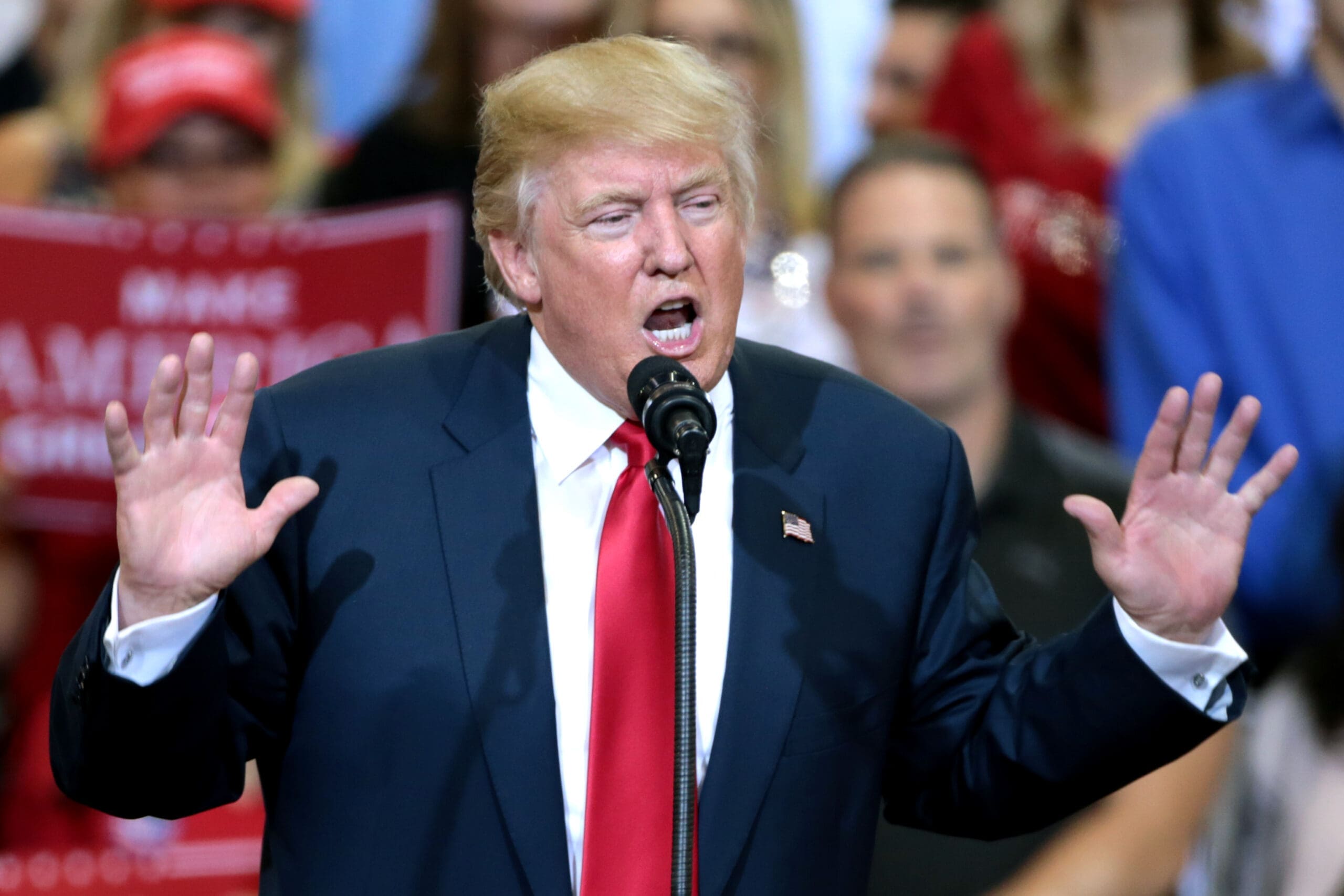South Africa, like many other countries across the world, is bracing for the economic impact of steep new US tariffs. US President Donald Trump’s administration announced on Thursday night that a 30% tariff on South African exports will take effect on 08 August, later than the 01 August date initially expected.
According to the Trump administration, the tariff will apply to most goods exported from South Africa to the United States, including manufactured products, beneficiated goods, and certain raw materials. However, critical minerals such as platinum, gold, manganese, and chrome are exempted due to their strategic importance to the US.
In response, the Department of Trade, Industry and Competition (DTIC) revealed measures aimed at softening the blow for exporters.
“These urgent interventions are part of the DTIC’s ongoing commitment to protecting jobs, preserving market access to the United States, and promoting export diversification to alternate markets in Africa, the European Union, Asia, Latin America, and other strategic partners,” said Trade and Industry Minister Parks Tau in a statement.
To unpack why these tariffs were introduced, their potential impact on South African exports and what South Africa and its businesses can do in response, explain spoke to international relations expert and political analyst Ayesha Kajee, who specialises in developing countries and focuses specifically on Africa’s relationship with the rest of the world.
1. What exactly does this 30% tariff on South African goods cover, and how significant is it in terms of trade volumes?
This 30% tariff is quite an increase. It’s a significant jump in trade duties. According to what President Trump’s office has communicated, it will apply to goods coming from the South African market into the United States.
An additional 30% will be added to the price of goods that South Africa manufactures or exports to the U.S. Whether these are developed products, beneficiated goods, or raw materials, they will all be subject to this tariff increase.
In other words, these goods will become more expensive for American consumers. As a result, demand for South African exports is likely to decline, which will negatively impact our industries. This drop in demand could slow down the South African economy, and most likely will.
2. Why has the United States decided to impose this tariff now? Is there a clear policy rationale behind it?
In my opinion, the tariff appears to be politically motivated, driven by three key factors. Firstly, Trump and his advisors have been misled by the false belief in a so-called “white genocide” in South Africa, an idea that is not grounded in reality.
Secondly, South Africa’s case at the International Court of Justice, accusing Israel of genocide in Gaza, has angered the US due to its strong alliance with Israel. South Africa’s vocal support for Palestine is seen as directly opposing US foreign policy interests.
Lastly, South Africa’s alignment with BRICS and its support for forming a coalition of the global south is perceived by Trump’s administration as anti-American. This has led to further threats of additional tariffs on BRICS nations.
Overall, these politically driven tariffs are short-sighted and ultimately self-defeating.
3. Which South African industries are most affected by the tariffs?
The mining, automotive, and agricultural sectors, especially citrus and wine, will be hardest hit. Exporters expect a drop in demand from the US and slower growth in the short term. US firms operating in South Africa, like Ford, will also suffer, making the tariff policy damaging for both economies.
4. How do you foresee this affecting South Africa?
Well, I think there’s no doubt that, in the short term, the South African economy will take a hit. Analysts are closely watching the currency and stock markets, and the currency will likely fall.
5. Could regional trade within Africa or BRICS partnerships offer alternative markets for affected South African goods?
We should be looking at alternative markets within Africa, the global south, South America, China, India, and other regions. We should target those markets and increase our efforts in bilateral cooperation with existing trading partners, including China, Russia, and other EU members and non-members.
As South Africa prepares to face the challenges from the new US tariffs, it’s clear that the country can’t just rely on the US market anymore. Kajee points out, this is a wake-up call to explore and strengthen trade relationships across Africa, the global south, and beyond.
While the short-term outlook looks tough, with possible hits to our economy and currency, diversifying markets and building new partnerships could help South Africa bounce back stronger in the long run.
Lona is a recent graduate with an Honours degree in Journalism and Media Studies from Wits University. Passionate about storytelling, she is eager to learn, grow, and hone her writing skills.




